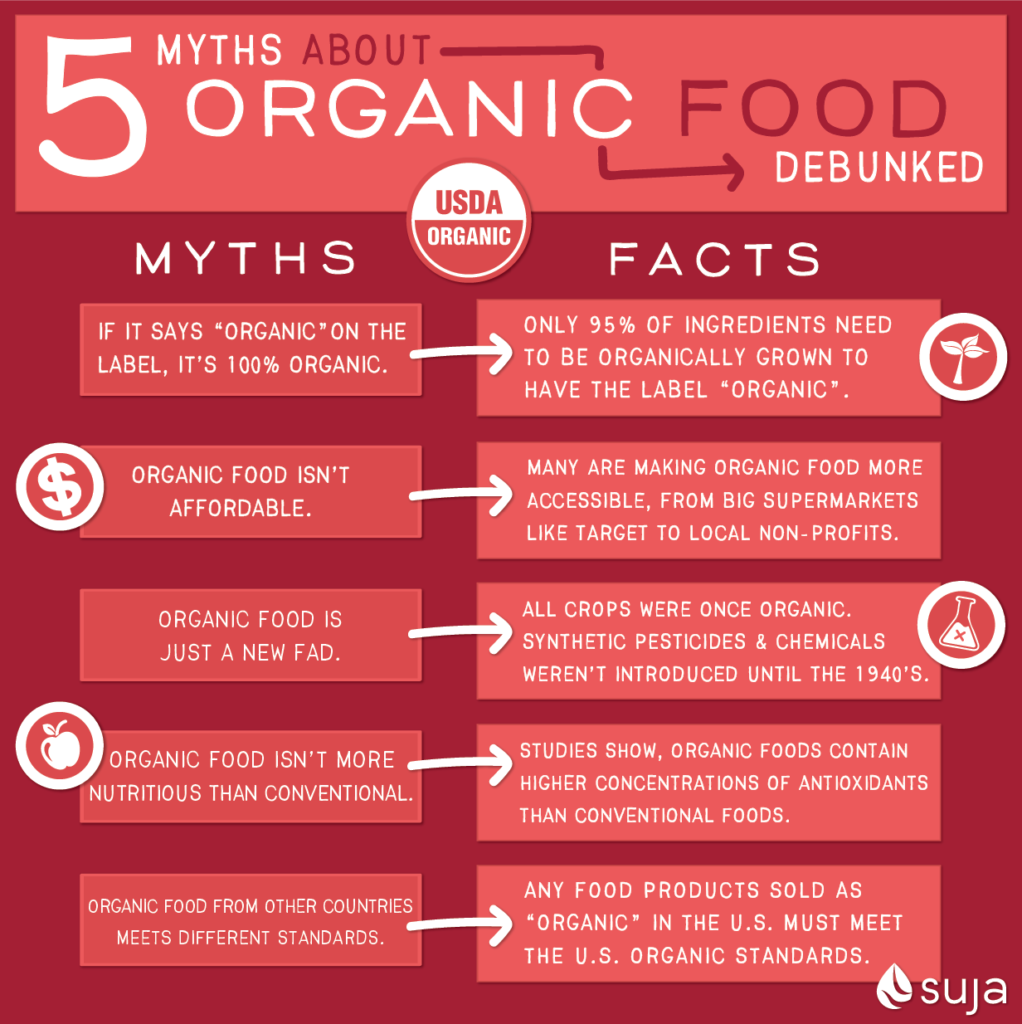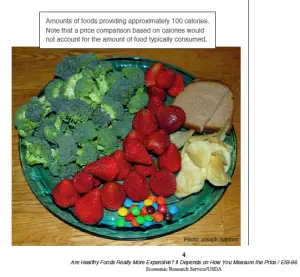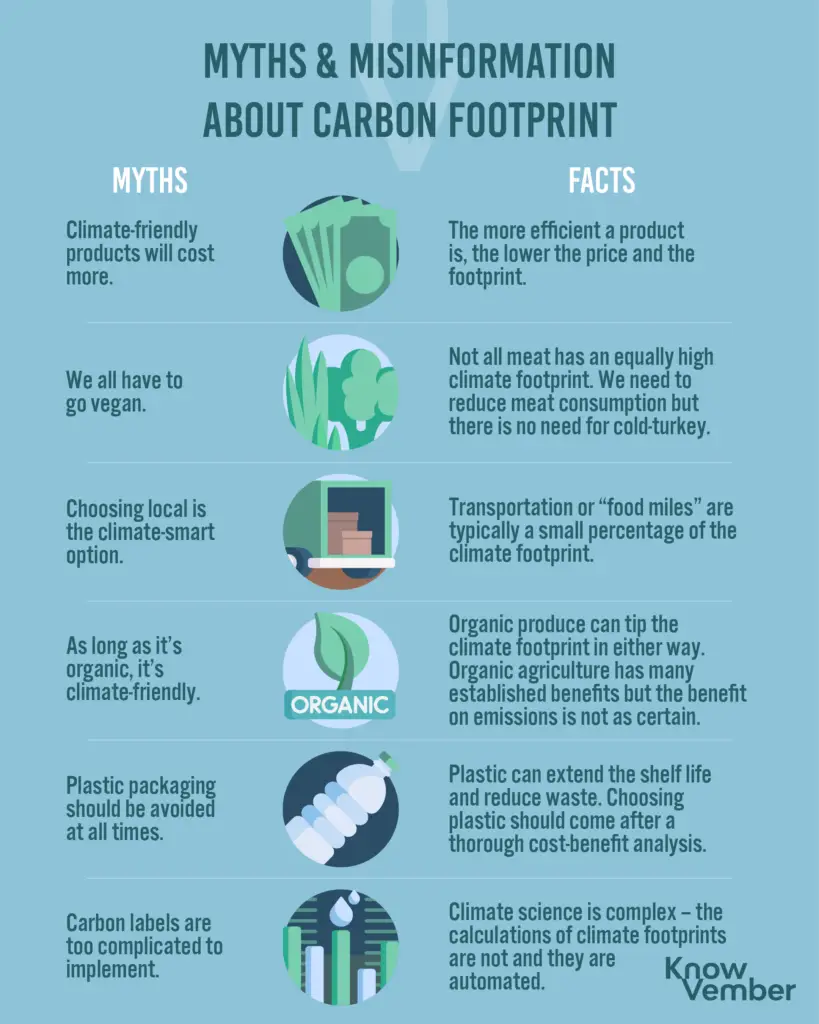Are you skeptical about the possibility of affordable organic eating? Many people believe that buying organic food is an expensive luxury that only a few can afford. However, this article aims to debunk the myth by exploring the various ways in which you can make organic eating more budget-friendly. From shopping at local farmers’ markets to growing your own produce, there are numerous strategies that can help you embrace organic eating without breaking the bank. So, if you’ve been curious about whether affordable organic eating is achievable, let’s set the record straight and find out how you can make it a reality.
Understanding Organic Eating
When it comes to healthy eating, organic food has gained significant popularity in recent years. But what exactly is organic food? Organic food refers to the produce and ingredients that are grown and processed without the use of synthetic pesticides, genetically modified organisms (GMOs), antibiotics, or hormones.
Benefits of organic food
Choosing organic food offers numerous benefits. First and foremost, organic food is generally free from harmful chemicals, making it a healthier option for you and your family. Research suggests that organic food is higher in certain nutrients and antioxidants, which can have positive effects on your overall health. Additionally, organic farming practices promote the conservation of water and soil, helping to protect the environment for future generations.
Why choose organic food
There are several reasons why you might want to opt for organic food. One significant reason is the avoidance of synthetic pesticides and GMOs. Choosing organic can reduce your exposure to harmful chemicals that are often used in conventional farming. This is particularly important if you have concerns about the potential long-term health effects of consuming pesticide residues. Furthermore, supporting organic farming practices helps to create a more sustainable food system and promotes the well-being of farmers and farm workers.
The Cost of Organic Food
One of the concerns often associated with organic food is its cost. Organic food can be more expensive than conventionally grown food, but it’s essential to consider the reasons behind this price difference.
Price comparison between organic and conventional food
It’s true that organic food generally costs more than conventionally grown food. This is primarily because organic farming practices require more labor and careful attention to detail. Additionally, organic farming often yields smaller harvests due to the absence of synthetic fertilizers and pesticides. While the initial cost may be higher, many argue that the long-term health benefits outweigh the price difference.
Factors influencing the cost of organic food
Several factors contribute to the cost of organic food. These include the higher expenses associated with organic farming practices, such as organic certifications, organic seeds, and manual weed removal. Furthermore, the economies of scale in conventional farming make it more cost-effective, whereas organic farming relies on smaller-scale operations. However, as demand for organic food increases, economies of scale in organic farming are also improving, which may lead to lower prices in the future.

Debunking the Myth: Affordable Organic Eating
Contrary to popular belief, affordable organic eating is not an unattainable dream. With some knowledge and smart strategies, it is possible to incorporate organic food into your diet without breaking the bank.
Tips for affordable organic eating
Here are some tips to help you embrace affordable organic eating:
- Prioritize your organic purchases: Focus on the organic foods that matter most to you, such as those with higher pesticide residues or foods you consume in larger quantities.
- Utilize frozen options: Frozen organic fruits and vegetables can be a budget-friendly alternative to fresh produce, as they often maintain their nutritional value and are available at lower prices.
- Shop in-season: Choose fruits and vegetables that are in season, as they tend to be more affordable than out-of-season produce.
- Buy from local farmers: Many local farmers offer organic produce at reasonable prices. Not only will you support your local community, but you may also find great deals.
- Grow your own: Consider starting your own organic garden, even if it’s just a few potted herbs or vegetables. This can be a cost-effective way to enjoy organic produce.
Finding budget-friendly organic options
While organic food can be pricier, there are ways to find budget-friendly options. Look for discounted organic food at local grocery stores, especially during sales or clearance events. Some specialty grocery stores or co-ops may also offer organic food at lower prices. Additionally, keep an eye out for community-supported agriculture (CSA) programs and organic food co-ops, which we will discuss in more detail later.
Cooking at home vs. eating out
Preparing meals at home using organic ingredients is generally more affordable than eating out. Not only can you control the quality and origin of your ingredients, but you can also save money by buying in bulk, reducing waste, and utilizing leftovers creatively. By making simple yet delicious dishes at home, you can enjoy affordable organic meals without compromising your taste buds or your budget.
Community Supported Agriculture (CSA)
Community Supported Agriculture (CSA) is a system that connects consumers directly with local farmers. By participating in a CSA program, you can enjoy fresh, locally grown organic produce while supporting small-scale farmers in your community.
What is CSA?
CSA is a partnership between farmers and consumers. Participants pay a membership fee or subscription at the beginning of a growing season, providing farmers with the necessary funds to cover their upfront costs. In return, CSA members receive regular shares of the farm’s harvest throughout the season, typically in the form of a weekly or biweekly box of fresh produce.
Benefits of CSA programs
Participating in a CSA program has numerous benefits. Firstly, you have access to fresh, high-quality produce. Since the produce is harvested locally and delivered directly to you, it often retains more nutrients and flavor compared to store-bought alternatives. CSA also encourages a connection between consumers and the food they consume, fostering a sense of community and promoting sustainable agricultural practices.
How to participate in CSA
To join a CSA program, start by researching local farmers in your area. Many farmers and organizations have websites or social media pages where they provide information about their CSA programs. Contact the farmers or organizers directly to inquire about membership costs, pickup or delivery options, and the range of produce offered. It’s important to find a CSA program that suits your preferences and dietary needs. By participating in a CSA, you can enjoy fresh, organic produce while supporting local agriculture.

Organic Food Co-ops
Another excellent option for affordable organic eating is joining an organic food co-op. Organic food co-ops are member-owned organizations that strive to provide high-quality organic food at reasonable prices.
What are organic food co-ops?
Organic food co-ops operate on the principle of collective buying power. Members pool their resources and purchase organic food directly from suppliers, often at wholesale prices. This allows co-op members to access affordable organic food that may not be readily available or affordable in other retail settings.
Advantages of joining co-ops
Joining an organic food co-op comes with several advantages. Firstly, you can enjoy significant savings on organic food by benefiting from bulk buying and direct sourcing. Co-op members also have a say in the selection of products, ensuring that the organic food offered aligns with their preferences and values. Additionally, being part of an organic food co-op provides an opportunity to connect with like-minded individuals in your community who share a passion for organic eating and sustainable living.
Co-op membership and benefits
To join an organic food co-op, you typically need to become a member by paying a membership fee. The fee often goes towards covering administrative costs and initial investments. Once you become a member, you can enjoy the benefits of being part of the co-op, including access to affordable organic food, participation in decision-making processes, and potential discounts or rewards for member loyalty.
Seasonal and Local Organic Produce
Choosing seasonal and locally grown organic produce is not only beneficial for your health but also for your wallet. By focusing on what’s in season and available locally, you can enjoy the advantages of fresh organic food at a reasonable cost.
Benefits of seasonal and local organic produce
Seasonal and local organic produce offers several advantages. Firstly, it tends to be more flavorful and nutrient-rich since it’s harvested at its peak and doesn’t need to travel long distances. Additionally, seasonal produce can be more affordable since the supply is abundant, reducing transportation and storage costs. Moreover, by supporting local farmers, you contribute to the vibrancy and sustainability of your community.
Farmers markets and roadside stands
Farmers markets and roadside stands are excellent places to find seasonal and locally grown organic produce. These direct-to-consumer venues often feature a wide variety of fruits, vegetables, herbs, and other products from nearby farms. By shopping at farmers markets and roadside stands, you not only have access to fresh organic food but can also engage with the farmers and learn more about their farming practices.
Growing your own organic food
If you have the time and resources, growing your own organic food can be a rewarding and cost-effective option. Whether you have a small backyard or a few pots on a balcony, you can cultivate a range of fruits, vegetables, and herbs. Gardening provides a hands-on experience that connects you with your food and the natural environment. By growing your own organic food, you have full control over the process, ensuring that you’re consuming truly organic produce.

Organic Coupons and Discounts
Saving money on organic food can be achieved by utilizing coupons and taking advantage of discounts and rewards offered by various platforms and stores.
Online resources for organic coupons
Several online platforms offer coupons specifically for organic products. Websites like Mambo Sprouts, CommonKindness, and Whole Foods Market occasionally provide printable coupons or digital discounts for organic food items. Signing up for newsletters or following organic food brands on social media can also lead to regular updates on special promotions or exclusive discounts.
Buying in bulk for savings
Buying organic food in bulk can help lower the cost per unit and save money in the long run. Many organic food stores or co-ops offer bulk bins where you can purchase items like grains, nuts, seeds, and dried fruits. By buying in larger quantities, you reduce packaging waste and can reap financial benefits.
Utilizing loyalty programs and rewards
Many grocery stores and health food retailers have loyalty programs that offer rewards and discounts to frequent shoppers. By signing up for these programs, you can accumulate points or receive personalized discounts on organic food items. It’s also worth checking if your credit card or mobile payment app offers any rewards or cashback options for organic food purchases.
Meal Planning and Batch Cooking
Meal planning and batch cooking are effective strategies for saving time, money, and effort in the kitchen. These practices can also contribute to affordable organic eating.
Benefits of meal planning
Meal planning involves prepping and organizing your meals in advance. By planning your meals for the week, you can reduce food waste, make the most of seasonal produce, and ensure that your diet includes a variety of nutritious foods. Meal planning helps you avoid last-minute takeout or convenience food purchases and allows you to make informed choices when it comes to purchasing organic ingredients.
Batch cooking for cost and time efficiency
Batch cooking involves preparing larger quantities of food at once and dividing them into individual portions. By batch cooking, you can take advantage of cost savings that come with buying ingredients in bulk. Additionally, batch cooking saves time as you only need to cook once or twice a week, leaving you with ready-made meals that can be easily reheated throughout the week.
Using leftovers creatively
Leftovers often get a bad reputation, but with a little creativity, they can become the building blocks for new and exciting meals. Rather than letting leftovers go to waste, look for ways to repurpose them. For example, last night’s roasted chicken can be transformed into a flavorful chicken salad or shredded for use in tacos or wraps. By using leftovers creatively, you reduce food waste and maximize the value of your organic ingredients.

Prioritizing Organic Foods
While going fully organic may not be feasible for everyone, there are ways to prioritize your organic food choices to maximize the benefits and minimize potential risks.
The Dirty Dozen and Clean Fifteen
The Dirty Dozen is a list compiled by the Environmental Working Group (EWG) that identifies the fruits and vegetables with the highest pesticide residues. On the other hand, the Clean Fifteen lists the produce with the lowest pesticide residues. By prioritizing organic versions of the Dirty Dozen, such as strawberries, spinach, and apples, and opting for conventional versions of the Clean Fifteen, including avocados, sweet corn, and pineapple, you can reduce your exposure to pesticides while being mindful of your budget.
Focus on high-pesticide foods
Even if you can’t afford to buy all organic produce, consider focusing on the foods that tend to have higher pesticide residues. By choosing organic versions of these high-pesticide foods, such as tomatoes, grapes, and bell peppers, you can significantly reduce your exposure to potentially harmful chemicals. The Environmental Working Group provides a yearly updated list of foods with the highest pesticide residues, which can serve as a helpful guide.
Alternatives to going fully organic
If going fully organic is not within your budget, there are still ways to make positive changes. Consider buying local or organic for certain items that are more important to you, such as dairy products, meat, or the foods you consume in larger quantities. Additionally, focus on choosing minimally processed, whole foods and making your own meals from scratch whenever possible. By being mindful of your food choices and opting for higher quality options when available, you can still make significant improvements to your overall diet.
Conclusion
Affordable organic eating is not just a myth; it’s a realistic goal with the right strategies and mindset. By understanding the benefits of organic food, prioritizing your purchases, and exploring various options such as CSA programs and organic food co-ops, you can incorporate organic food into your diet without exceeding your budget. Small changes like meal planning, buying in bulk, and utilizing coupons or rewards programs can also contribute to affordable organic eating. Remember, it’s not about being perfect or going fully organic; it’s about making informed choices and prioritizing your health and well-being. So, embrace the world of organic eating and enjoy the delicious and nutritious benefits it has to offer!


